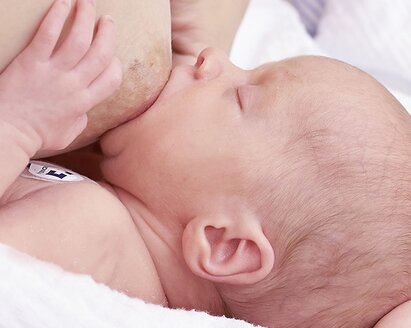Neste momento, está a ver:
Medela - pt_PT
Pode selecionar um website alternativo da Medela num destes países:
Produtos
Extratores de Leite
Peças sobressalentes para extratores
Roupa de maternidade e amamentação
Biberões e sacos
Limpar
Cuidado dos mamilos
Necessidades especiais de alimentação
NICU
Biberões e sacos
Produtos exclusivamente hospitalares
Frascos para leite materno
Sacos de armazenamento de leite materno Easy Pour
Sacos para conservação de leite materno
Cuidado dos mamilos
Óleo massagem amamentação
Creme de mamilo orgânico
Purelan™ - Creme de lanolina
Almofadas de hidrogel
Protetores de mamilo
Coletores de leite
Mamilos de silicone Contact™
Formadores de mamilo
Protetores de seios descartáveis Safe & Dry™
Protetores de seios laváveis Safe & Dry™
Protetores de seio ultrarrespiráveis
Hand-free eléctricas
Freestyle™ bomba tira leite dupla mãos livres elétrica portátil
Extrator de leite elétrico simples Solo™ Hands-free que se pode usar debaixo da roupa
Extrator de leite elétrico mãos livres Swing maxi™
Eléctricas clássicas
Swing Maxi – Extrator de leite elétrico duplo
Solo – Bomba tira leite elétrica simples
Extrator de leite elétrico Swing Flex™ com tecnologia 2-Phase
Extrator de leite elétrico duplo Swing Maxi Flex™ com tecnologia 2-Phase
Symphony e conjuntos
Extrator de leite Symphony
Kits de extração de um dia
Kit de extração reutilizável de uso hospitalar PersonalFit™ PLUS para o Symphony®
Kit de extração de aluguer reutilizável PersonalFit™ PLUS para o Symphony®
Funil PersonalFit PLUS
Kits de extração reutilizáveis para uso hospitalar
Hub de aleitamento materno para profissionais da saúde
-
Produtos
- Produtos
-
Extratores de Leite
- Extratores de Leite
- Hand-free eléctricas
- Eléctricas clássicas
- Manual
-
Symphony e conjuntos
- Symphony e conjuntos
- Extrator de leite Symphony
- Kits de extração de um dia
- Kit de extração reutilizável de uso hospitalar PersonalFit™ PLUS para o Symphony®
- Kit de extração de aluguer reutilizável PersonalFit™ PLUS para o Symphony®
- Funil PersonalFit PLUS
- Kits de extração reutilizáveis para uso hospitalar
- Peças sobressalentes para extratores
- Roupa de maternidade e amamentação
- Biberões e sacos
- Limpar
-
Cuidado dos mamilos
- Cuidado dos mamilos
- Óleo massagem amamentação
- Creme de mamilo orgânico
- Purelan™ - Creme de lanolina
- Almofadas de hidrogel
- Protetores de mamilo
- Coletores de leite
- Mamilos de silicone Contact™
- Formadores de mamilo
- Protetores de seios descartáveis Safe & Dry™
- Protetores de seios laváveis Safe & Dry™
- Protetores de seio ultrarrespiráveis
- Necessidades especiais de alimentação
- NICU
- Artigos sobre amamentação
- Medela Family
- Serviços
- Hub de aleitamento materno para profissionais da saúde
- Shop Finder



